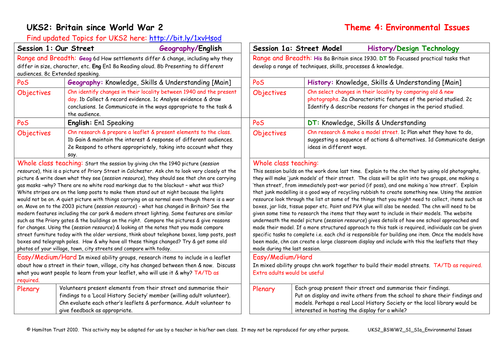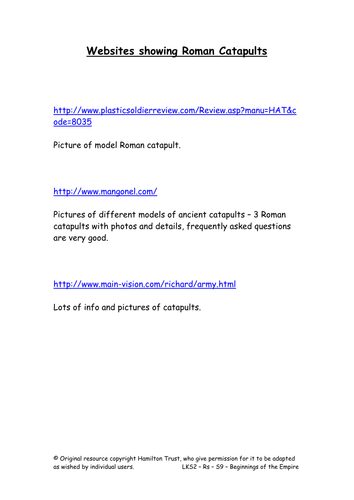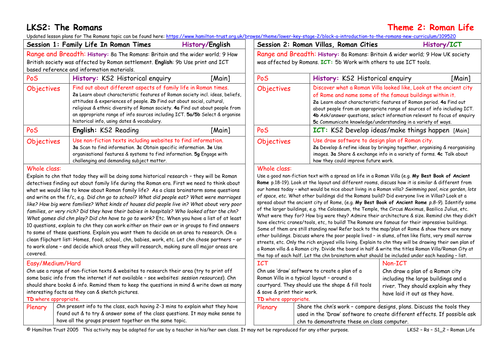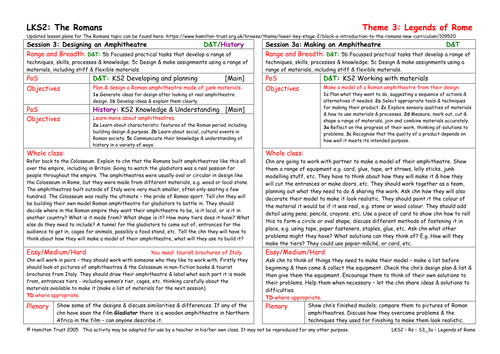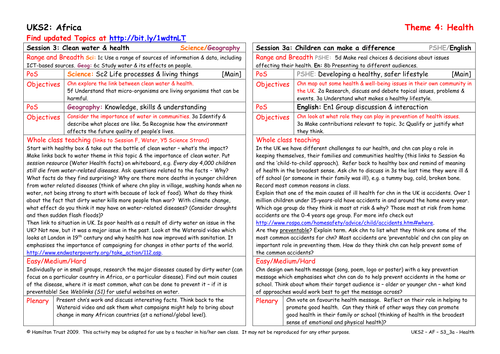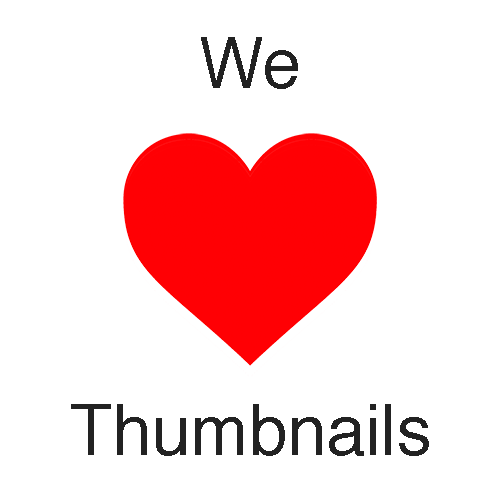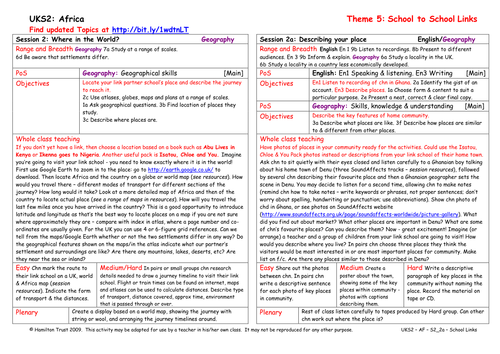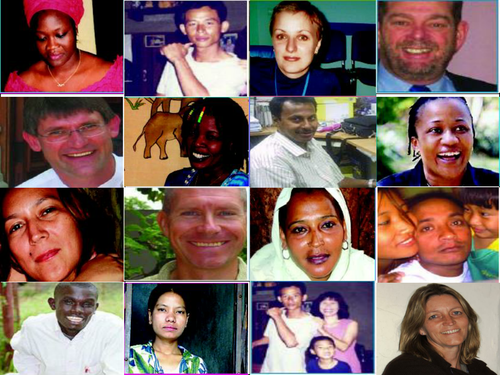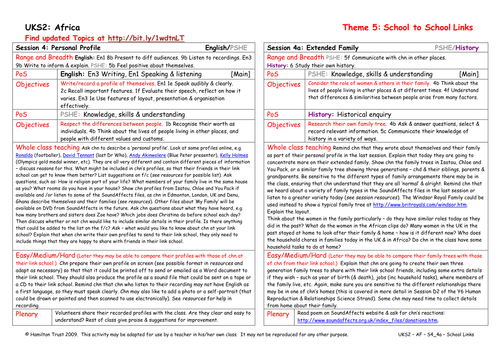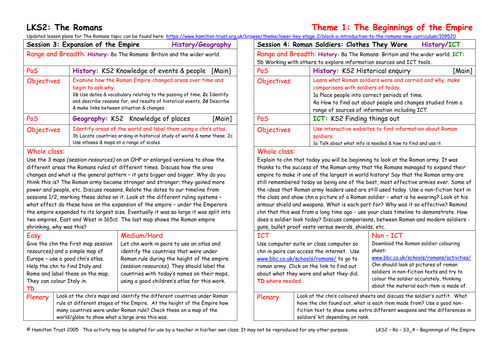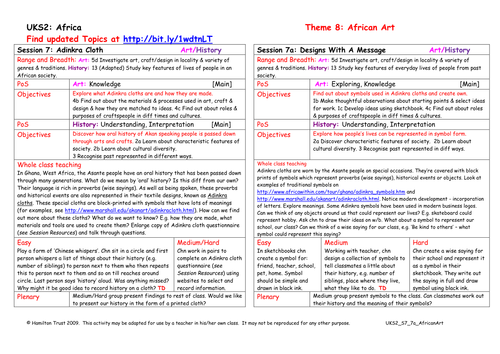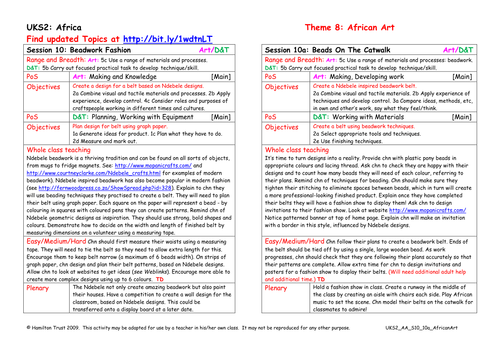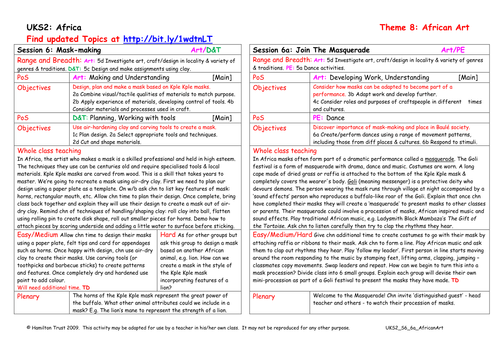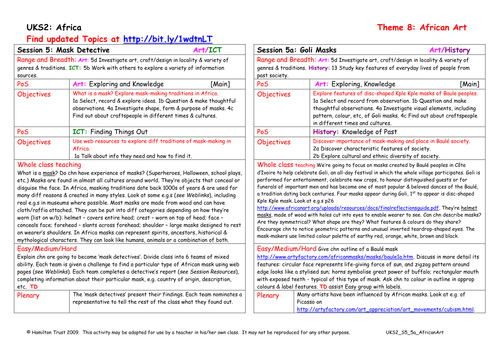
397Uploads
10041k+Views
11644k+Downloads
All resources

Paper investigation
Children will plan and carry out an investigation about paper in small groups or pairs, testing questions they have thought of themselves. They will select the equipment and have a go at explaining results and drawing conclusions.
Suitable for Y3 pupils.

Street Model
Building on previous session, children make a model of a street near the school (or from imagination). Class is split in two – one group make a ‘then’ model and one a ‘now’ model – using junk modelling techniques. Display along with leaflets previously made.

Rising Population
Explain that the population in Britain has been rising steadily since World War 2. This is not only due to immigration, but also to improved health services. Discuss the birth of the National Health Service. Children draw graphs to show population growth.

Design & Make Catapults
Children look again at Roman catapults. Using a wide variety of materials, incl some mechanical components, they design & create a working model of a catapult in the Roman style. They develop their ideas, then compete to see whose catapult works best!
Suitable for years 3 and 4.

Family Life In Roman Times
This session begins some work on family life in the Roman Empire. Children prepare for, and then carry out their own research. Each group picks an aspect of family life and then use the internet as well as books and information sheets to find out some facts.
Suitable for years 3 and 4.

Designing an Amphitheatre
Children continue the work on gladiators and Roman entertainment and look at amphitheatres. They study what they look like and realise that these varied from place to place. They begin to plan and design their own model amphitheatre.
Suitable for years 3 and 4.

Children can make a difference
Children research what are key health issues for their own class. Focus on accidents and how they can be prevented. Understand concept of preventable and how children can play an important role in prevention
Suitable for years 5 and 6.

School's Out!
What do children do when they are not in the classroom? At playtimes, evenings and weekends? Discuss sport, games and hobbies. Write instructions for a playtime game or making a craft object to send to their link school friends. Try an African game or craft.
Suitable for years 5 and 6.

Describing Your Place
Listen carefully to some children in Ghana describing their home town or use descriptions from your link school friends of their town. Imagine the teacher and some children from your link school are going to visit your town! Describe the places they should visit.
Suitable for years 5 and 6.

HIV: Kishe’s Story
Return to MDG 6, and focus on HIV and AIDS. Children read a story of a young orphan, Kishe, and reflect on her life story and the wider impact of HIV across generations.
Suitable for years 5 and 6.

Extended Family
Now children are going to expand the information about themselves to include their family. They draw family trees. Discuss the role of women – do children’s mothers have the same role as their grandmothers or earlier generations? What about the African women?
Suitable for years 5 and 6.

Expansion of the Empire
Children look at how the Roman Empire expanded over a period of 400 years and then began to diminish in extent. They relate this to the systems of government identified in Session 2. They map the Roman Empire on today’s world map, identifying countries.
Suitable for years 3 and 4.

Afewerk Tekle
It’s time to come up to date and look at work of a modern Ethiopian painter: Afewerk Tekle.
Children use websites to find out how his work has been influenced by the tradition of icon painting.

Adinkra Cloth
Moving to West Africa, children explore how history of Asante people has been represented through the craft of block printing Adinkra cloths.
Children use web research to find out about history, techniques and processes involved.

Beads On The Catwalk
Hold a fashion show in class! Children create their own beadwork belts based on Ndebele designs and using traditional methods. Sensational!

Magnetic Materials
Following the discussion about types of material in session 6, chn move on to explore magnetism. They look at which solid materials are magnetic and experiment to find out. They record their results in a systematic way.
Suitable for years 3 and 4.

Beautiful Batik
Focus on the beautiful batik found in Mozambique. Explore the visual and tactile elements, including use of colour and pattern.
Children use sketchbooks to copy and explore sections of these designs concentrating on composition and subject matter.

Cloth Creation
Inspired by the Adinkra cloths worn on special occasions all over Ghana, children create their own versions. Children think carefully about overall design of their cloth and how they will block print using stamps.

Join The Masquerade
Join the masquerade! African masks often form part of a dramatic performance which incorporates dance and music.
Using African music as inspiration children create simple dance steps to show off their masks.

Goli Masks
Narrowing the focus, children discover more about the features of a Goli mask used in all-day festivals of the Baulé peoples.
Children carry out an investigation into stylistic elements of the mask and their meanings and purpose.


